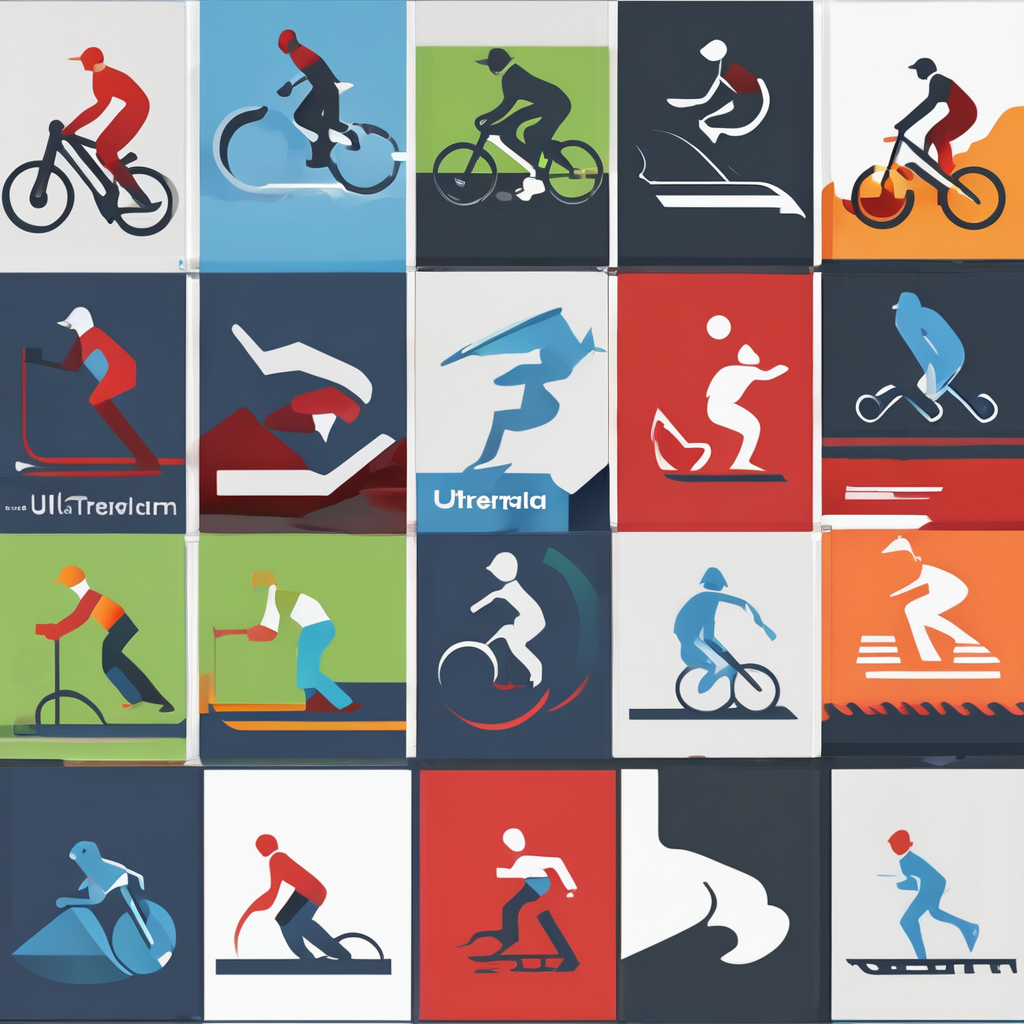Understanding Adrenaline in MMA
The role of adrenaline in Mixed Martial Arts (MMA) is crucial, primarily affecting the fight or flight response. This powerful hormone is released during stressful situations, preparing the body for combat or evasion by increasing heart rate, blood flow to muscles, and energy availability.
Adrenaline Effects on Performance
In combat sports, the physiological response induced by adrenaline can have both positive and negative implications. On the upside, it enhances physical performance by boosting strength and speed, crucial elements in MMA bouts. These enhancements can give fighters the necessary edge during intense confrontations. Conversely, excessive adrenaline levels may lead to decreased fine motor skills and impaired decision-making, potentially compromising performance under pressure.
Additional reading : Top Strategies for UK Boxers to Enhance Their Head Movement Skills
Personal Adrenaline Triggers
Understanding adrenaline triggers is vital for fighters aiming to optimise their in-ring performance. Personal triggers can vary, including pre-fight anticipation, fear, or even the competitive atmosphere. Recognising these triggers allows fighters to harness adrenaline’s benefits while mitigating its drawbacks. Techniques like breathing exercises and mental conditioning can help in effectively managing adrenaline levels.
By understanding the performance impact of adrenaline, MMA fighters can fine-tune their physical and mental readiness, maximising their potential in the octagon.
Also to see : Top Recovery Strategies for UK Muay Thai Fighters Post-Fight: Enhance Your Performance!
Techniques to Control Adrenaline Surges
Managing adrenaline surges is vital for maintaining peak performance and ensuring psychological balance. By mastering these techniques, individuals can enhance their responses under pressure.
Breathing Techniques
Deep breathing exercises are an effective method for adrenaline management. By focusing on slow, controlled breaths, individuals can stabilize their heart rate and reduce tension. This control can significantly impact performance by allowing for quicker recovery and heightened focus. Deep breaths send signals to the brain to relax, reducing stress.
Visualization Practices
Visualization, or mental imagery, is a powerful tool for stress reduction. Athletes and professionals use this technique to mentally prepare for high-pressure situations, envisioning success and desirable outcomes. Visualization helps reduce anxiety and enhances focus by creating a mental map of achieving goals. It replaces fear with anticipation and readiness, empowering individuals to act confidently.
Mindfulness and Meditation
Incorporating mindfulness and meditation into one’s routine brings numerous benefits. These practices foster a calmer state of mind, crucial for managing stress responses. Regular mindfulness practice improves awareness and concentration, providing clarity and balance. Similarly, meditation techniques, even brief sessions, can be valuable additions to training regimes. By dedicating time to meditative practices, individuals cultivate resilience against stressors, enhancing both performance and well-being.
Training Methods for Adrenaline Control
Adrenaline management is crucial for athletes, especially when it comes to high-stakes environments. Implementing effective training strategies and focusing on specific practices can significantly enhance an athlete’s performance. Below are some methods that can aid in controlling adrenaline levels.
Controlled Sparring Sessions
One practical approach is participating in sparring practice where athletes simulate real fight scenarios. This environment helps them manage adrenaline by familiarising themselves with pressure situations. Athletes can assess their reactions, monitor their heart rates, and make necessary adjustments to their adrenaline control techniques during these sessions. This practice not only optimises physical performance but also heightens mental resilience during actual competitions.
High-Intensity Interval Training (HIIT)
Performance enhancement can be achieved through High-Intensity Interval Training (HIIT). This training method conditions athletes for the sudden bursts of energy required in competitions. Structuring HIIT to reflect fight conditions aids in adaptability to stress, thereby moderating adrenaline surges. The conditioning builds endurance and prepares the body for swift recovery, which is critical for maintaining peak performance under pressure.
Tactical Decision-Making Drills
Incorporating decision-making under stress through scenario-based drills improves cognitive resilience. These drills simulate real-world challenges where athletes must make quick, informed decisions while managing their adrenaline levels. Improving these skills ensures athletes remain composed, thereby enhancing performance and making swift, tactical decisions during competitions.
Insights from Experienced Fighters and Coaches
Gleaning wisdom from fighter interviews and proven coaching strategies unveils a fascinating perspective on adrenaline management in MMA.
Interviews with UK MMA Fighters
UK MMA fighters have shared authentic real-life experiences in managing adrenaline during bouts. One noted method involves breathing techniques that help decrease anxiety levels, offering a sense of control in the heat of competition. Another fighter highlighted the importance of visualisation – mentally rehearsing fight scenarios to condition the mind for rapid decision-making under pressure. Such practices not only help manage physiological responses but also enhance mental preparedness, allowing athletes to maintain focus.
Coach Perspectives on Adrenaline Management
Seasoned coaches emphasise tailored coaching strategies that integrate physical training with mental conditioning. Successful examples include simulation drills replicating high-adrenaline situations, preparing fighters for inevitable floods of adrenaline. Coaches often incorporate mindfulness exercises into training regimens to bolster an athlete’s resilience, refining their ability to maintain composure. These real-life examples demonstrate that systematic approaches to adrenaline control can yield significant improvements in performance.
Building a Support Network
The backbone of a fighter’s success lies in a robust support network. Coaches and teammates play critical roles in offering mental backing, fostering an environment resonant with perseverance. Establishing a culture of resilience within an MMA gym is crucial, as it nurtures both physical and psychological growth, equipping fighters to face adversities head-on.











